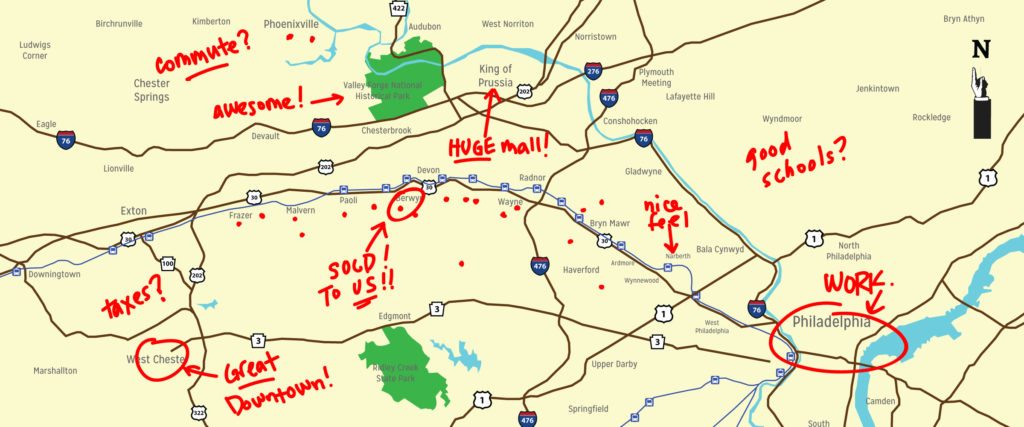
As strange as it sounds, sometimes the simplest solution, while not elegant, may suffice. When the U.S. Postal Service began to use airplanes to deliver mail, radar had yet to be invented. They flew mostly de-commissioned WW1 planes and many of the pilots were ex-Army or -Navy. Beginning in 1924, in order to help the pilots navigate at night, towers with lights (powered by generators) were installed every 3-5 miles along the transcontinental route between New York and San Francisco. At the base of these beacons, the government installed 50-70 foot long concrete arrows (painted bright yellow for greater visibility) to guide pilots and keep them on the route. So, both during daylight and dark, flights carrying mail to a demanding American public could make their way across the country without getting lost en route. While this system was only in use for about ten years, by which time the earliest form of non sight-based navigation had been developed, it grew to include about 1500 towers and was considered a success. While most of the towers are gone, some of the concrete arrows are still visible today. For more information about their locations and history, read this well-researched article.


Leave a Reply